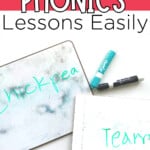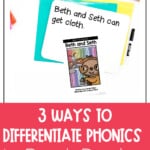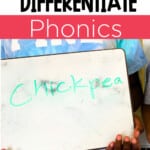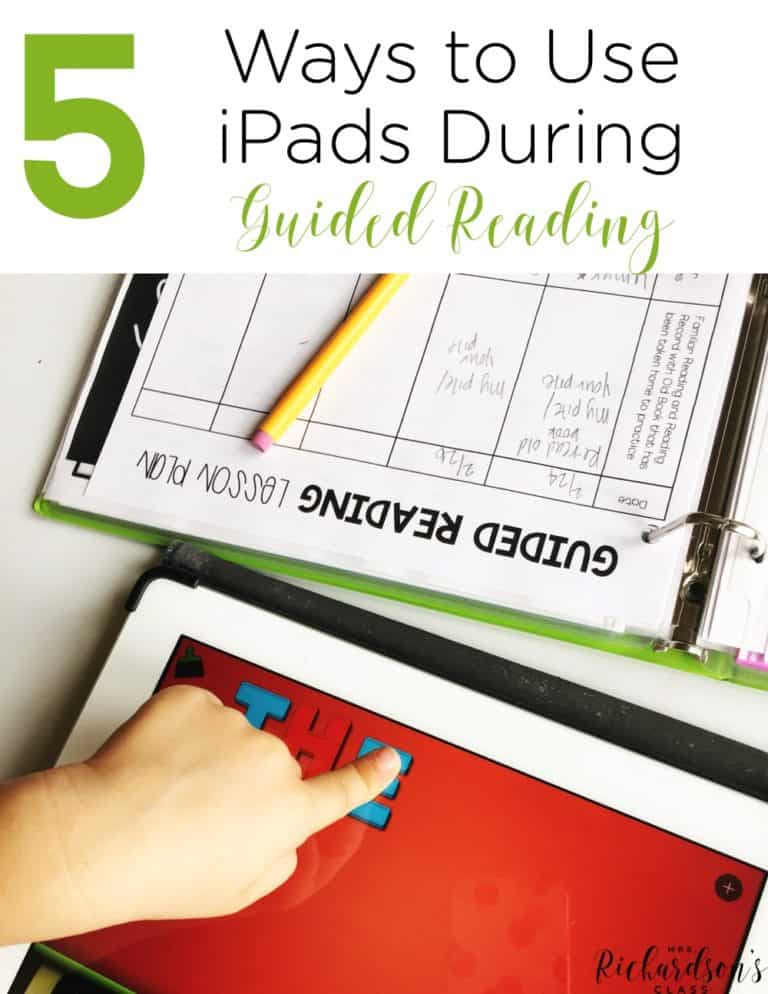


As dedicated teachers, we understand the importance of tailoring our teaching strategies to meet the needs of each student. When it comes to phonics lessons, finding ways to differentiate phonics instruction plays a crucial role. It helps us ensure that we are reaching all readers and they have a strong phonics foundation.
Whether you’re working with a small group, the whole class, or during literacy centers, personalized approaches can make a world of difference. Today, we’ll explore three effective ways to differentiate phonics instruction in these settings. I want to empower you to reach and inspire all your students!
Each student enters our classroom with a unique set of skills, experiences, and learning styles. By differentiating our phonics instruction, we can ensure that every learner receives the support and guidance they need. We are able to meet students where they are. We can provide targeted instruction that addresses their individual strengths and see areas for improvement, too.
With the Science of Reading research rising to the top, we have learned that it can take up to six weeks for students to master a phonics skill. Sure, we need whole group instruction to keep kids moving along a phonics progression, but we also need to keep reinforcing taught skills over time. You can keep practicing skills by following a scope and sequence that introduces a new skill but circles back to previously taught skills over and over.
From here, you can provide whole group instruction to keep introducing new skills and practicing old phonics skills. You can also use your small group time, intervention time, or literacy center time to allow students to work on skills that are specific to their phonics needs. Let’s look at ways to differentiate both!
There are a few ways to differentiate phonics instruction in a whole group setting (and you may already be doing some of them!). First, you can vary your instructional techniques. Try using a combination of teaching approaches to meet the needs of students. You can use visual aids and anchor charts to help introduce new phonics patterns. You can use songs or chants to help students learn the new phonics skills, too.
Another way to differentiate instruction is to pay close attention to scaffolding. You can provide scaffolded support to meet the needs of struggling students. Break down complex phonics concepts into smaller, manageable steps. Offer additional modeling, guided practice, and explicit feedback to reinforce learning. Provide extra practice opportunities through differentiated worksheets or activities that focus on specific skills.
Finally, you can ask questions with varying levels of difficulty. For example, if you are working through vowel teams, you could have some students read or write the word “team” and others do a word with more difficulty like “chickpea”. You may already naturally change up your lines of questioning for your students, but when you are intentional about it, you can see greater growth. \
Another way to differentiate phonics instruction is to use reading small groups. You can group students together based on phonics skills they need to practice and that you want to reinforce. For example, if you have several students who need to work on digraphs, put them together and use a decodable text with a focus on digraphs. After reading, you can do some word work with digraphs and a dictation sentence or guided writing activity.
I have sets of decodable readers that follow a solid phonics scope and sequence that are perfect for reading small groups. Each set has the decodable text in a printable book, passage, and digital formats with scripted lesson plans, word work activities, teaching posters, parent involvement notes, and more!
You could also use decodable passages in small groups in a similar way. You can do a small group lesson with a decodable passage very similar to how you would do a lesson with a decodable book. Learn more about using decodable passages in small groups HERE.
The last suggestion I have for you may not seem easy at first, but it really is simple! Differentiate phonics instruction through literacy centers. If you use a solid progression of skills, and know where your readers need support, you can do this easily.
Design literacy centers with a progression of skills. Begin with foundational phonics activities and gradually increase the complexity as students become more proficient. This ensures a scaffolded approach to learning and allows students to build upon their prior knowledge.
For example, one group may play a digraph game in their word work station while another is playing a CVC short vowel game in their word work station.
You can easily do this for word work stations, book making stations, game stations, writing stations, and more!
Did you know we have sets of literacy centers that follow a phonics progression AND make all of these stations possible for you? You can get a bundle of over 100 literacy centers that begin with the alphabet and end in vowel teams. Differentiating literacy centers has never been easier!
By differentiating phonics instruction in whole group, small group, and literacy center settings, you can effectively meet the diverse learning needs of your students. You can provide targeted support and engage students in meaningful phonics learning experiences. Remember, differentiation helps students to develop strong phonics skills and fosters a love for reading, setting them up for future literacy success.
pin it
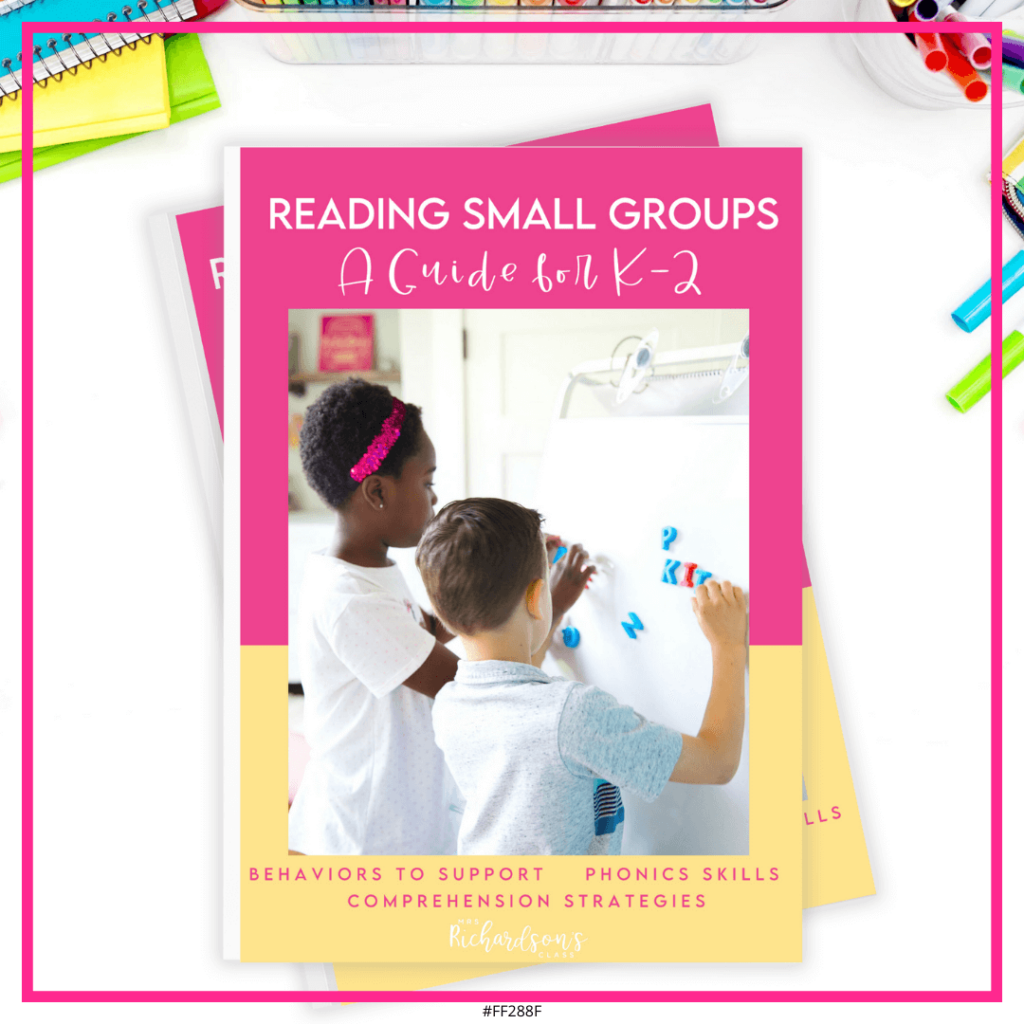
Want to use the latest research to boost your readers during small groups? This FREE guide is packed with engaging ideas to help them grow!

I’m a K-1 teacher who is passionate about making lessons your students love and that are easy to implement for teachers. Helping teachers like you navigate their way through their literacy block brings me great joy. I am a lifelong learner who loves staying on top of current literacy learning and practices. Here, you’ll find the tools you need to move your K-2 students forward!
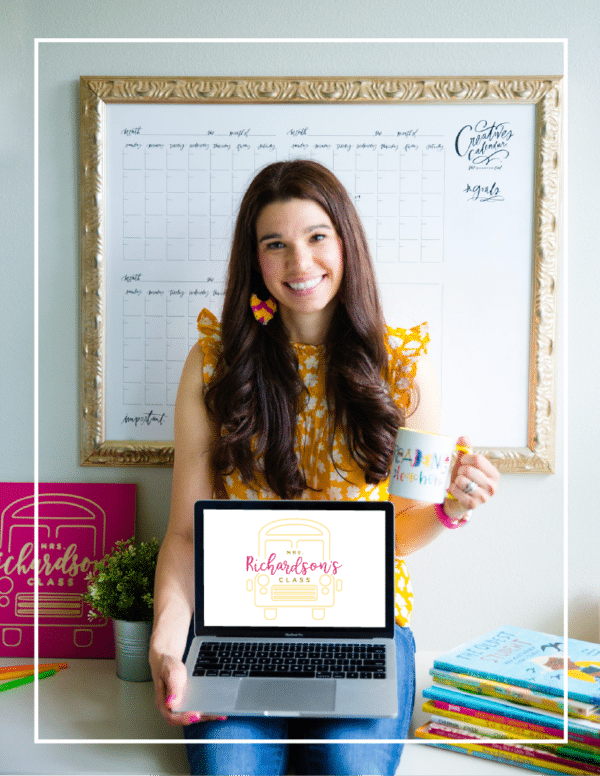
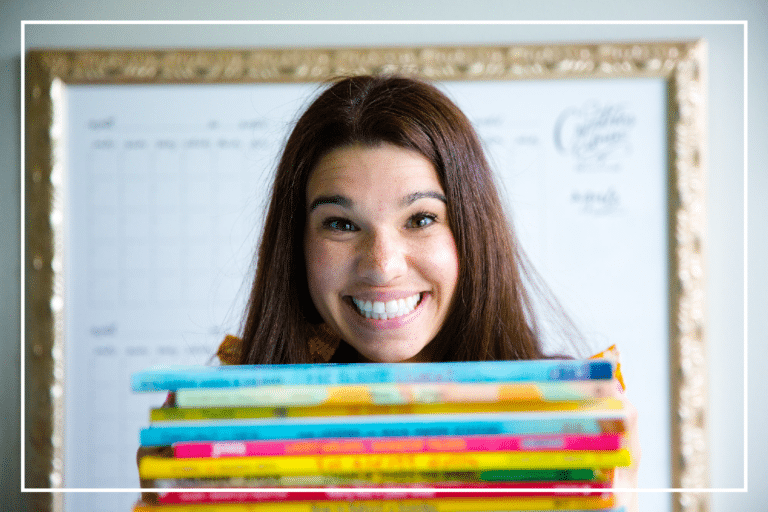
| Cookie | Duration | Description |
|---|---|---|
| cookielawinfo-checkbox-analytics | 11 months | This cookie is set by GDPR Cookie Consent plugin. The cookie is used to store the user consent for the cookies in the category "Analytics". |
| cookielawinfo-checkbox-functional | 11 months | The cookie is set by GDPR cookie consent to record the user consent for the cookies in the category "Functional". |
| cookielawinfo-checkbox-necessary | 11 months | This cookie is set by GDPR Cookie Consent plugin. The cookies is used to store the user consent for the cookies in the category "Necessary". |
| cookielawinfo-checkbox-others | 11 months | This cookie is set by GDPR Cookie Consent plugin. The cookie is used to store the user consent for the cookies in the category "Other. |
| cookielawinfo-checkbox-performance | 11 months | This cookie is set by GDPR Cookie Consent plugin. The cookie is used to store the user consent for the cookies in the category "Performance". |
| viewed_cookie_policy | 11 months | The cookie is set by the GDPR Cookie Consent plugin and is used to store whether or not user has consented to the use of cookies. It does not store any personal data. |
